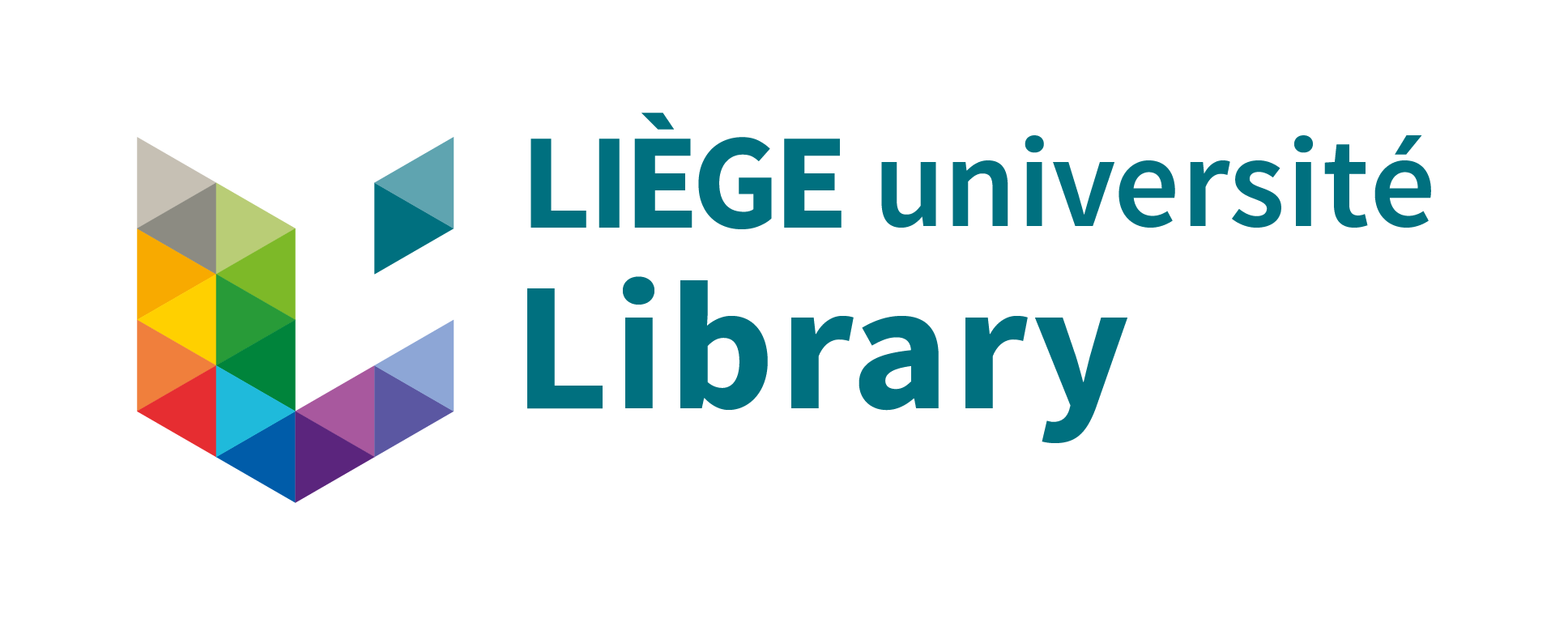Travail de fin d'études / Projet de fin d'études : Characterization of Envelopes Thermal Transmittance based on a mixed approach
Rifà Álamo, Roger 
Promoteur(s) :
Attia, Shady 
Date de soutenance : 28-jan-2022 • URL permanente : http://hdl.handle.net/2268.2/13931
Détails
| Titre : | Travail de fin d'études / Projet de fin d'études : Characterization of Envelopes Thermal Transmittance based on a mixed approach |
| Titre traduit : | [fr] Caractérisation des Enveloppes Transmission Thermique basée sur une approche mixte |
| Auteur : | Rifà Álamo, Roger 
|
| Date de soutenance : | 28-jan-2022 |
| Promoteur(s) : | Attia, Shady 
|
| Membre(s) du jury : | Amaripadath, Deepak 
Dubois, Samuel Rahif, Ramin 
|
| Langue : | Anglais |
| Nombre de pages : | 86 |
| Mots-clés : | [en] Thermal transmittance (U-value) [en] 3D modelling [en] 3D printing [en] Infrared thermography (IRT) [en] Unmanned Aerial Vehicles (UAV) |
| Discipline(s) : | Ingénierie, informatique & technologie > Architecture Ingénierie, informatique & technologie > Ingénierie civile Ingénierie, informatique & technologie > Multidisciplinaire, généralités & autres |
| Centre(s) de recherche : | SBD Lab ULg - Sustainable Buildings Design Lab - ULiège |
| Public cible : | Chercheurs Professionnels du domaine Etudiants Grand public Autre |
| Institution(s) : | Université de Liège, Liège, Belgique |
| Diplôme : | Cours supplémentaires destinés aux étudiants d'échange (Erasmus, ...) |
| Faculté : | Mémoires de la Faculté des Sciences appliquées |
Résumé
[en] In Wallonia, there are many buildings and houses built in the 1960s, after World War II, that have envelopes and facades with many heat losses. Due to the poverty of the envelopes of these buildings, they are very energetically inefficient buildings (Attia et al., 2021) that need to be overheated in cold seasons to be comfortable inside.
For this matter, it has been developed a methodology through infrared thermography in order to detect the poorest elements of the envelopes of these buildings for a possible renovation. This study takes as a reference a building of the University of Liege residence built in 1968. The first stage of the work consists of making a 3D model of the building. This model has been made from images obtained by drone and printing it with a 3D printer to evaluate the accuracy of the method. The second part of the work consists of estimating the thermal transmittance (U-value) of the facade of the residence through infrared thermography. This method will be compared with real monitoring of the U-value using measurement sensors and the calculation of the U-value following the ISO 9869 standard. The study aims to compare the three methods in terms of accuracy, speed, usability, and cost.
The main results of this study have been to obtain the U-value by the three developed methods and the detailed comparison of these. A 3D modelling method has also been developed through images captured with the drone where good accuracy is achieved.
This study provides an interesting basis for future research using drones equipped with thermal cameras to develop 3D thermal models of buildings.
Fichier(s)
Document(s)

 Roger_Rifa_Alamo_MScThesis.pdf
Roger_Rifa_Alamo_MScThesis.pdf
Description: Roger Rifa Alamo - MSc Thesis
Taille: 6.03 MB
Format: Adobe PDF
Citer ce mémoire
L'Université de Liège ne garantit pas la qualité scientifique de ces travaux d'étudiants ni l'exactitude de l'ensemble des informations qu'ils contiennent.


 Master Thesis Online
Master Thesis Online



 Tous les fichiers (archive ZIP)
Tous les fichiers (archive ZIP)
